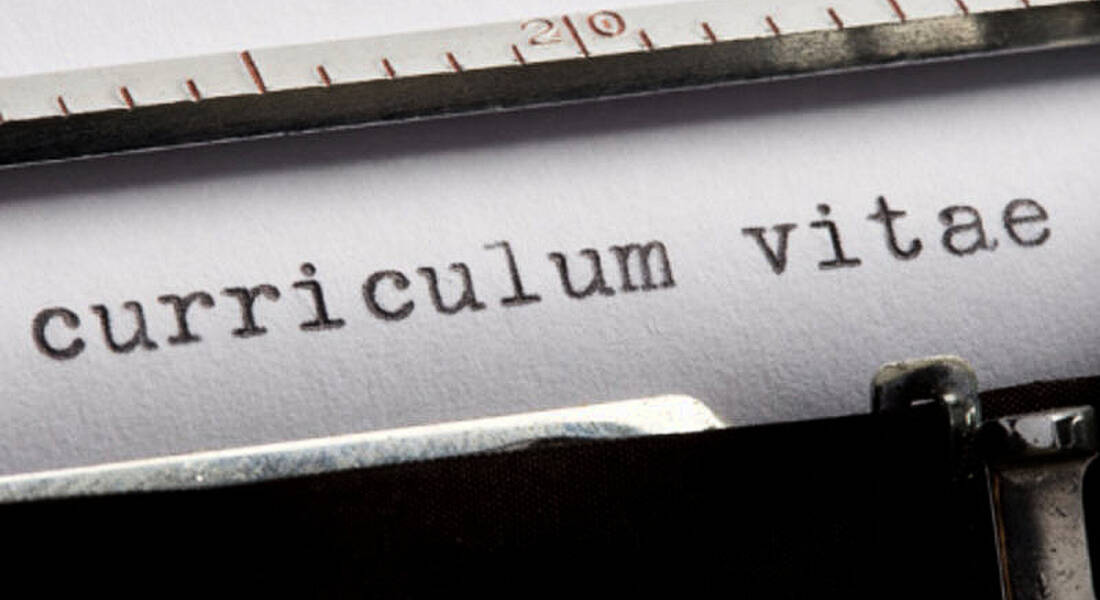A well thought-out CV will highlight the most relevant information about your skills, experience and achievements, provide prospective employers with the best possible first impression, and ultimately bring you to the interview stage.
Rosemarie Ryan, Galway-based career strategist and owner manager of CareerCoach.ie, recommends applying a few important principles to preparing a great CV. “A CV is a marketing tool, not a complete chronology of a lifetime of work. You should choose the content selectively and see yourself as a product that you want to sell to the market. When including information, ask yourself ‘how will this make me more marketable?’”
Ryan reminds jobseekers that the primary purpose of a CV is to get the interview rather than the job straight away.
“The most critical information must be contained in the first third of the first page. I recommend a profile or summary section directly under your personal details. Most recruiters or screeners will only review a CV for 10 to 20 seconds, so your best tangible skills should be included here.”
A summary generally includes a brief overview of an individual’s background and a couple of short, bullet-pointed accomplishments pertinent to the role being applied for.
Ryan advises jobseekers to customise the CV for each job they are applying for. For those new to the jobs market, educational details, including training courses, should precede work experience, she says.
It’s always good to highlight how valuable you were in your previous jobs, and Ryan has some good suggestions to attract employers.
“Bullet-point responsibilities beginning each sentence with an action term such as ‘managed’, ‘supervised’, ‘created’, ‘initiated’ etc. This reads much stronger. If you are including hobbies and interests, include clubs, societies or voluntary work you are actively involved in,” she says.
Overall, all information should be consolidated into no more than two pages. Ryan advises CV writers to avoid any unnecessary information. Finishing your CV with the line ‘References available on request’ will suffice.
When drafting your CV, standard fonts such as Tahoma, Arial or Times Roman should be used, she says. “Don’t underestimate the value of a font. Plain is always better, so avoid bolding, italics, fancy borders, underlining, columns or graphics. Print on cream or white bond paper to create a professional image, but don’t waste money on fancy folders. Instead use clean plastic sleeves.”




